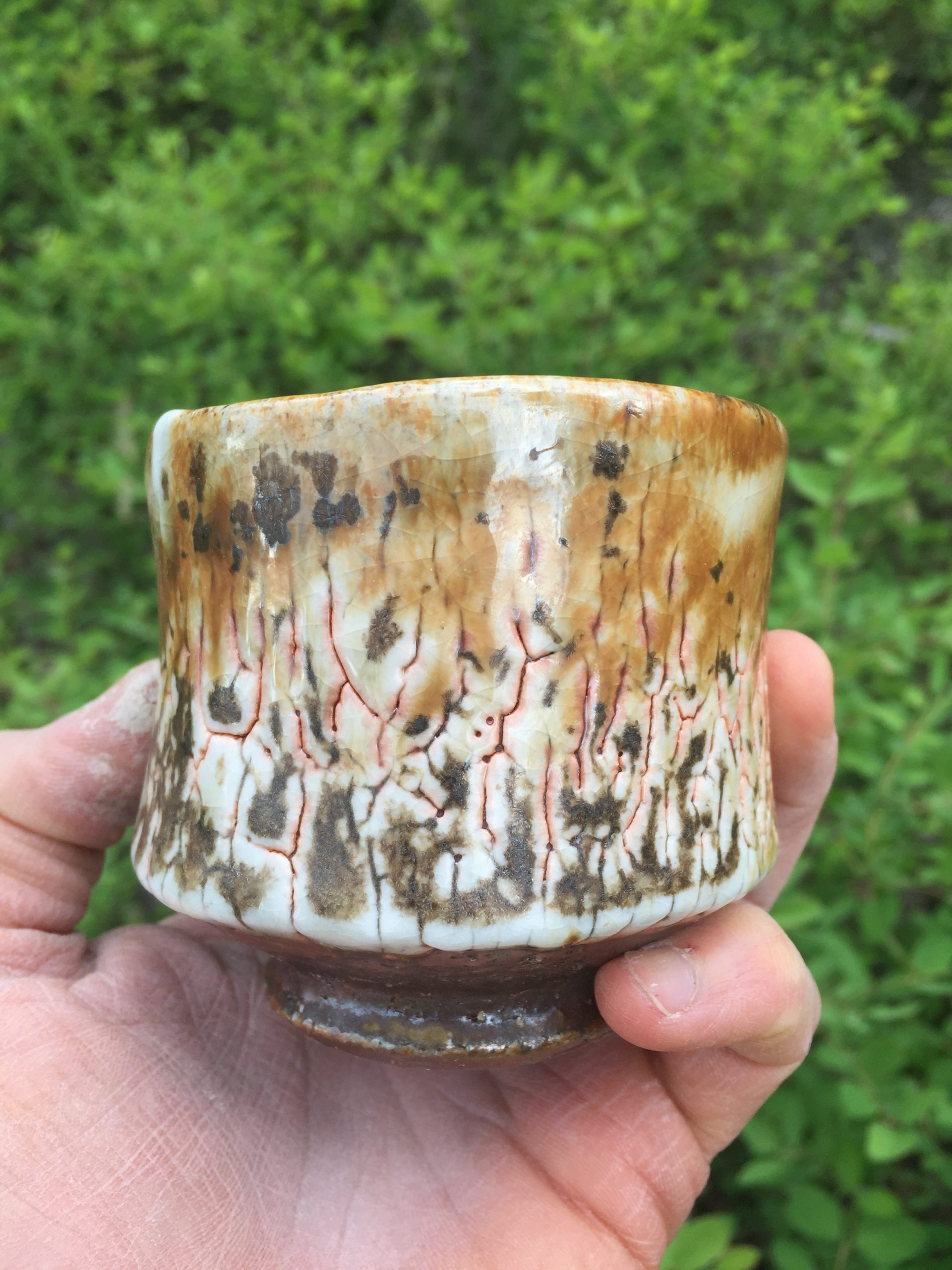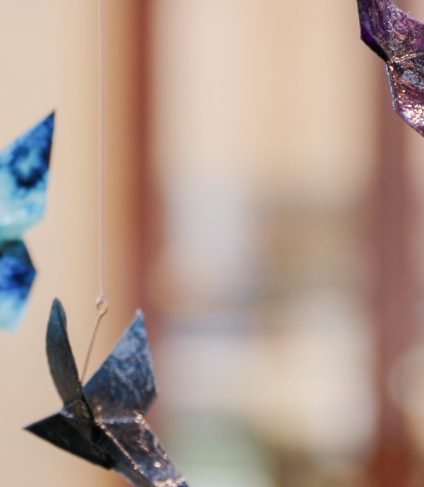Announcing a Collaborative Wood Fired Kiln Project
Sawtooth School for Visual Art is excited to announce a major expansion of its ceramics program along with a community partnership with The Southeastern Center for Contemporary Art (SECCA). The expansion centers around the construction of two new wood fired kilns to compliment Sawtooth’s existing comprehensive ceramics facility. The project is designed to maximize exposure to a wide variety of firing techniques for the ceramics community at Sawtooth and throughout the region.
With the financial support of The Windgate Charitable Foundation, Sawtooth will construct a new outdoor kiln pavilion that will house a wood fired train kiln and a wood/soda fired catenary arch kiln. Through a community partnership with The Southeastern Center for Contemporary Art (SECCA), Sawtooth will build the pavilion and kilns on the SECCA campus and will hold wood firing classes onsite. The new facilities will offer opportunities for community firings, special workshops with visiting artists, and ongoing classes related to wood fired ceramics.
Sawtooth’s Director of Ceramics and long-time wood fired artist, Seth Charles, is leading the project and will oversee operations of the kiln once it is constructed. Charles has built wood fired kilns at multiple schools and clay centers across the country. Sawtooth will hire Ted Neal, renowned kiln builder and Professor of Ceramics at Ball State University to head the kiln builds.
Charles says of the new project:
“Wood fired ceramics have been developed and refined over multiple continents for thousands of years. I find it quite interesting that even though firing ceramics with wood as a fuel source has been around for thousands of years, it is constantly in a state of flux and is perhaps entering a time of its greatest transformation to date.
It used to be that firing with wood as a fuel source was the only means to vitrify clay. Today, with the evolution of electric and gas fired kilns, heating with wood is no longer a necessity and instead becomes a deliberate voluntary act. It is a choice made by artists who’s aim is to produce surfaces only possible through this ancient process. Like all endeavors worthy of long study, wood firing is infinitely subtle and endlessly varying.”
A typical firing in the new kilns will take 36-48 hours of around the clock labor. The work is loaded in the kiln either unglazed or with a simple glaze that is receptive to ash and flame. Similar to geologic actions, heat and pressure is exerted on the work. During the course of the firings, the draft created by the chimney pulls wood ash and alkaline vapors released by the heat of the fire through the kiln. The ash is deposited on the ware in the path of the flame, and records the thoughts and process of the maker and the kiln’s fire.
Amy Jordan, Executive Director at Sawtooth said of the new program:
“Establishing wood fired options will diversify our program and broaden our reach in the region. There are no functioning community wood fired kilns within two hours of Winston-Salem. This new firing technique will enrich the offerings at Sawtooth, enabling our long time students to expand their portfolio and exposure to new art forms. During COVID, it would give us the option of outdoor firings, a safe alternative for those that may not currently be comfortable coming back to the studio.”
The tentative schedule aims to have construction finished and the kilns ready for their inaugural firing in the first half of 2022.
Sawtooth School for Visual Art would like to thank The Windgate Charitable Foundation for their financial contribution, without which this project would not be possible. Sawtooth would also like to thank William Carpenter, Executive Director at SECCA for his generosity in partnering with Sawtooth, and William Owens at The NC Department of Natural and Cultural Resources for facilitating the agreement between Sawtooth and SECCA.




